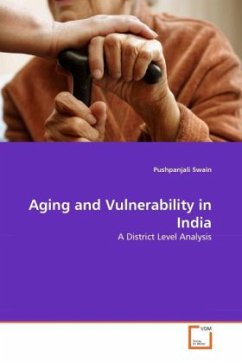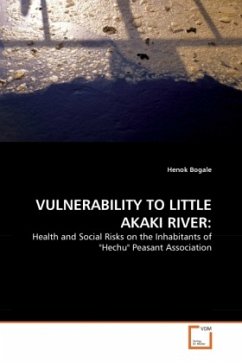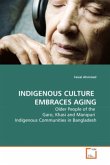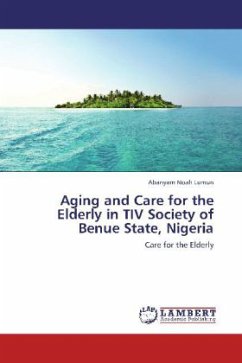Population aging is a consequence of a process known as demographic transition. India's elderly population, comprising of those aged 60 years and above is projected to more than quadruple, from 77 million to 324 million, during the first half of this century. With the burgeoning of this population, there is likely to be dramatic shifts in the existing consumption and production patterns, especially in the health care sector. Vulnerability of the elderly arises from biological processes as well as the socioeconomic dynamics. This book studies the social, economic, demographic and vulnerability aspects of aging in India by analyzing census data at district level. A composite index of the selected indicators of vulnerability of the aged is used to identify the most vulnerable districts and the least vulnerable districts of India. This book is a ready reckoner for the statistics on the elderly in India. This book is also a necessary reference for academicians,researchers and planners.
Bitte wählen Sie Ihr Anliegen aus.
Rechnungen
Retourenschein anfordern
Bestellstatus
Storno








